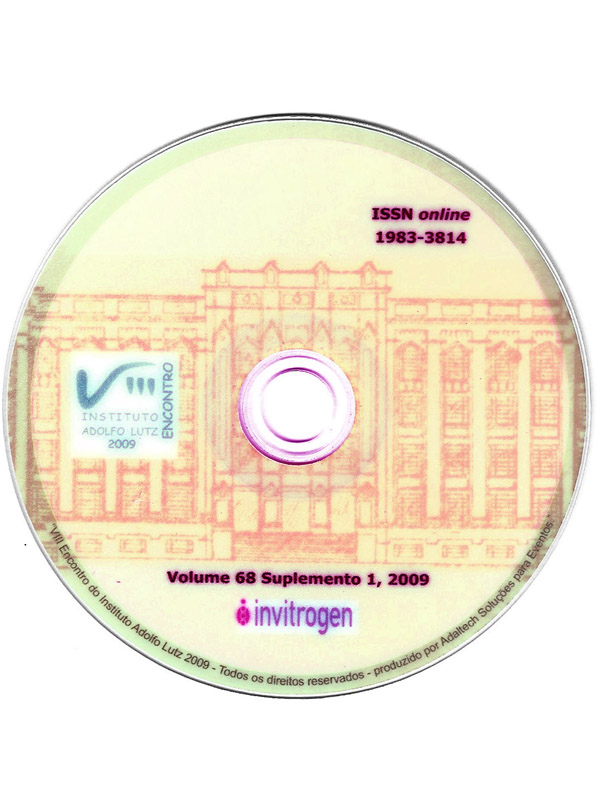Abstract
Bacteriophages have been found in wide areas of the oceans and can influence size and population diversity. The most polemic aspect of marine viruses is their role in genetic transference, in the adaptation to the environment and in evolution. Some viruses can induce changes in bacterias incorporating segments of viral DNA that encode proteins (toxins, factors or signalling properties). Thermolabile (LT) and thermostable (ST) enterotoxins, and fimbrial adhesins are the main factors associated with the virulence in
enterotoxigenic E. coli (ETEC). The genes that encode these toxins have only been observed in plasmids but not in bacteriophages. Nowadays the pathogenic concept in E. coli strains is related to the accumulative impact of one or several factors associated to the virulence that differentiate pathogenic from non- pathogenic strains. In this study, 62 somatic coliphages isolated from three coastal areas of São Paulo State with different levels of anthropogenic pollution were characterized by electron microscopy, RFLP, repPCR and the presence of the genes ctxA, lt and st. Six coliphages isolated from “Baixada Santista” seawater [families Siphoviridae (type T1) and Podoviridae (type sd and N4)] presented LT and/or ST genes. The phylogenetic tree using the UPGMA method showed a high similarity between the coliphage genes encoding LT, ST and CTX toxins and the same genes of the pathogenic bacteria E coli and V. cholerae , suggesting a common evolutionary ancestral. Although E.coli is found in the environment and in the animal intestine, gene transference among the strains has allowed the change of commensal to pathogenic types. In this study coliphages were identified as microbial hazards in the coastal region that could affect human and animal health, as well as the structure and diversity of the ecosystem.

This work is licensed under a Creative Commons Attribution 4.0 International License.
Copyright (c) 2009 Instituto Adolfo Lutz Journal
